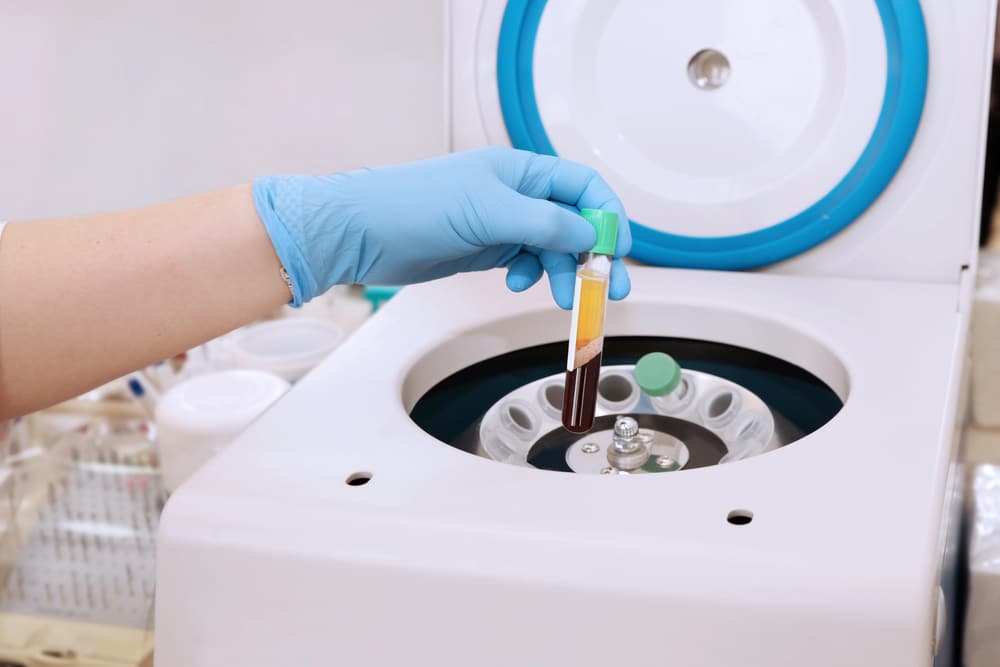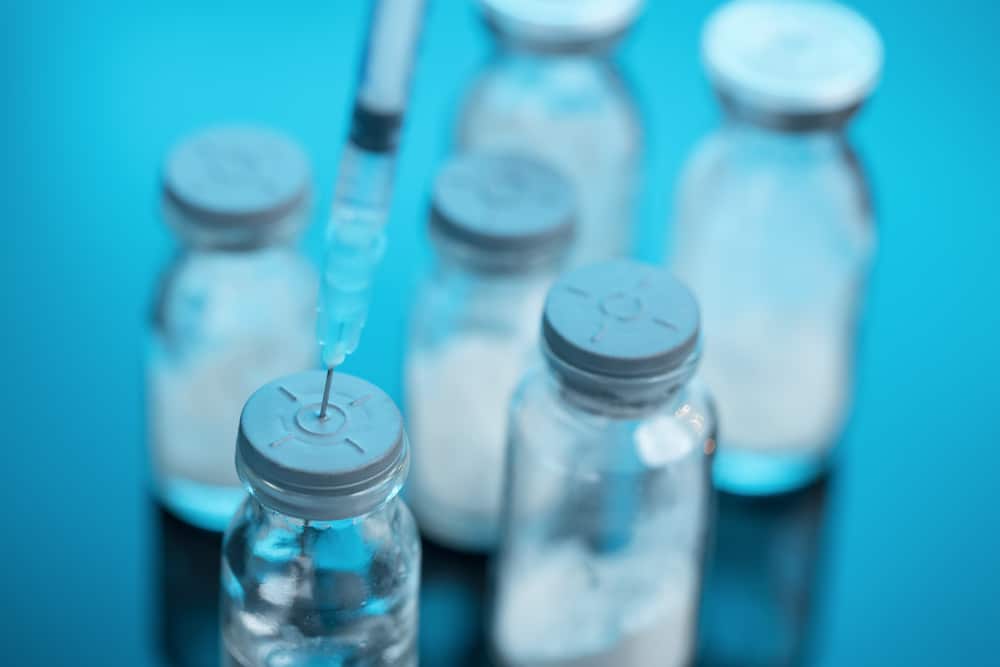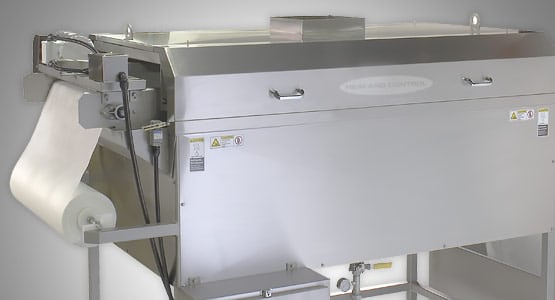The pharmaceutical industry has a multitude of uses for filtration.
According to Processing Magazine:
Filtration is such a widely used process in the pharmaceutical industry as to be considered almost omnipresent. The Indian Journal of Science and Technology defines filtration as a process in which solid particulate matter is removed from a fluid, which can be either liquid or gas, using a porous medium for the process. Filtration can be easily applied to a large variety of pharmaceutical needs, and because of this flexibility it is widely used within the industry.
One should note that a difference exists between filtration and adsorption. In adsorption, the physical nature of the particles is responsible for the separation, while in filtration the use of a membrane is involved. A handful of adsorption devices that use activated charcoal or ion-exchange resins are called filters in commercial descriptions. However, their purpose and method of operation is adsorption, not filtration.
Filtration methods used in the industry
The pharmaceutical industry needs different filtration methods depending on what sort of chemical solution is being used. Generally, two major types of filtration systems exist. These are:
- Surface filtration: Surface filtration works by direct interception, as stated by the Filters and Filtration Handbook. The size of the pores of the filter is responsible for the separation as the screen allows particles of a specific size through but traps molecules that are too large to fit through the pores. Because a porous membrane is sometimes used, the system is also referred to as membrane filtration.
- Depth filtration: Compared to surface filtration, depth filtration also retains particulate matter farther down from the surface. It is primarily used for clarification of solutions. Among the most common filters used in depth filtration are ceramic-filtered and sintered filters.Recent developments in sintered metal filters: In the past, the industry depended heavily on the use of electrostatic precipitators, cyclones and disposable filters. But recently, these are being replaced by metal sintered filters. These filters can be cleaned in-situ, and as the filter cake (the layer of filtered material at the membrane) forms, the screen becomes more efficient.
- Cross-flow filtration: The most typical example of cross-flow filtration is nanofiltration, a recently developed system for use by companies needing a method for dealing with low total dissolved solids water. The name nanofiltration comes from the use of a filtration membrane that has pores that are at or below one nanometer in diameter. It can be compared to reverse osmosis, but the trans-membrane pressure required for its operation is significantly smaller. The process is, therefore, more cost-effective. Despite this, it does have its shortfalls, as nanofiltration membranes may fall prey to fouling and scaling.
Ultra filtration
Ultra filtration, according to Pharma IQ, is a pressure-driven membrane transport process that is best used in separation, concentration and purification of specific macromolecules. This method of filtration generates a high level of purity in its products, and industrially it is applied to the production of vaccines, plasma and serums. It can be used in a wide variety of applications within the pharmaceutical industry because it can be scaled up economically and the application of low-shear pumps can reduce shear denaturation of products.
Recent advances in ultra filtration come from its adoption in the biotechnology industry. Because the asymmetric character of the membranes used in ultra filtration makes them less likely to be clogged by debris or cells than microporous filters, ultra filtration proves to be a more cost-effective and efficient method for producing biotechnology products. Plasma production also features as one of the applications of ultra filtration. When human plasma is fractionated, there is a need to rebuild the concentrations of essential protein fractions such as albumin and globulins. Ultra filtration is applied to enable this process.
Cake filtration
The pharmaceutical industry also employs cake filtration. A surface filtration technique at its core, this system uses the cake formed at the surface of the membrane to increase the efficiency of the filtration system. The filter is usually composed of coarse woven cloth. Through this cloth, a medium is run so that the particles within the solution bridge the holes in the fabric and provide a more robust membrane. The cake can remove sub-micrometer colloidal particles with a high degree of efficiency.
Equipment used in industrial filtration
Industrial filtration requires many different types of machines to be applied to the process. The choice of device depends on several factors, including the properties of the fluid and the size of the particles that are being filtered. Equipment used in filtration ought to be economical to operate and be easily sterilized by heat, radiation or gas. Additionally, for mechanical systems, the minimum size of particle that it can deal with should be known. Some of the mechanical devices used in industrial filtration include:
Belt filters
These mechanical devices are mainly used for dewatering of sludge in chemical processes. Two filter cloths line the belts, which are themselves perforated, and the medium is introduced between these cloths, which then pass through a complex system of rollers. With each successive set of rollers that the fabric and medium go though, water is squeezed out of it. After the last series of rollers, the filter cloths are removed and the cake deposited in a suitable holding location.
Recent advancements in belt filters have seen improvements in effectiveness by introducing a pressure difference across the filter cloths. The pressure of an induced vacuum can be used to extract the water more efficiently as the tissues pass through a particular section of rollers. The medium can also be combined with a filter aid or flocculants, which helps to reduce blinding of the filter cloth. Strategically placed water sprays can help to keep the filter cloths clean throughout the entire process.
Bag filters
Filter bags are constructed using felt, which can serve as both a surface and depth filter. They offer a range of filter media in different ratings, depending on what the screen is intended to be used for. Propylene filter bags have a high degree of chemical compatibility and may be applied to a wide range of processes as a result. Polyester bags are better suited to high-temperature applications and for use with acids and petroleum media.
Self-cleaning filters
In most filtration techniques, the blinding of the filter can lead to a reduction in the efficiency of the system. To deal with this, many modern applications of filtration techniques have turned to self-cleaning filters, especially in filters that don’t need to be replaced after each cycle. Among the methods for cleaning filters within the system are:
- Direct flushing: Water is sprayed at high velocity across the screen at a tangent, removing filter cake from the filter.
- Backflushing: In any filtration methods that have a defined flow for its process, backflushing reverses that direction of flow.
Development continues in filtration systems for pharmaceutical application
Across all the areas of pharmaceutical production, there are multiple methodologies for filtration systems. Each application is specific in what it filters, and the mechanisms used to achieve the final product. Surface and deep filtration both have their uses within the industry. As technology advances, both existing and new methods of filtration can capitalize on better, more efficient filters and methods of employing them within the pharmaceutical industry.









